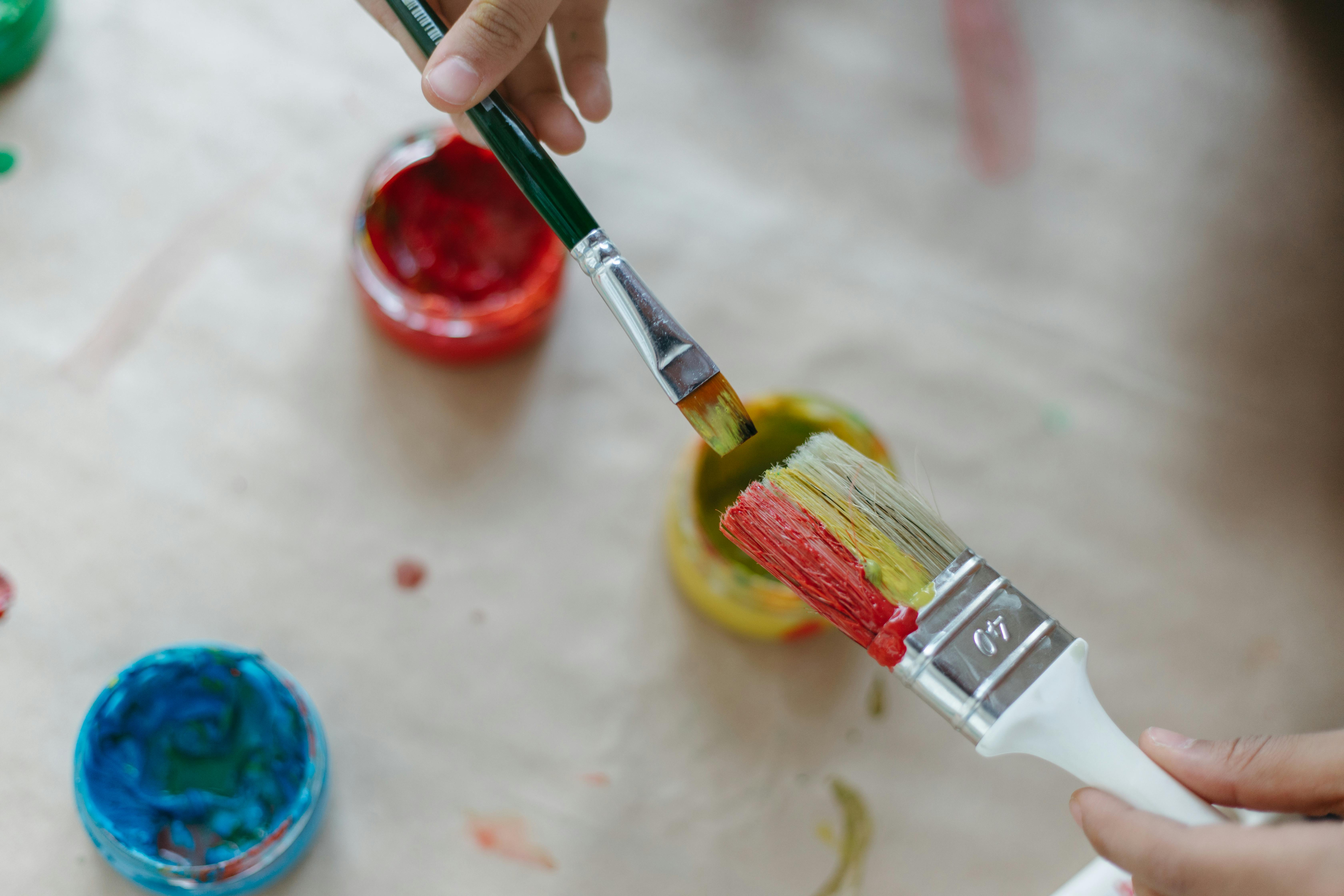However, men’s shirts have been around for a long time, until the 18th century, men’s shirts were only worn under outer clothing. The fact that they were seen as undergarments explains why it is considered a faux pas for a man to remove his suit jacket uninvited. In 1871, Brown, Davis and Co. introduced the world to the world’s first button-down men’s shirt. Today, these have evolved into the formal and casual shirts for men and women that we know today.
Men and women: fabrics and washes
The best men’s shirts are 100% cotton, which ensures they are soft, breathable, and durable. Here are some of the cotton fabric weaves, washes, and styles you’ll find in the formal and casual shirts available today.
Poplin Fresh, cool and comfortable, poplin is the classic cotton shirting fabric, ideal for all year round and for many occasions.
oxford
An Oxford weave shirt is usually a bit heavier and warmer than a cotton poplin one, making it ideal in the cooler fall and winter months. Oxford fabric generally contains a combination of dyed and undyed yarns to give a more relaxed casual shirt.
pin point
The knit fabric is a combination of cotton poplin and Oxford. It is woven from long staple cotton (for softness) and, as with Oxford shirting, only the warp yarn is dyed.
herringbone and twill
These are textured knits for men that produce a diagonal structure and give shirts interesting accents. Both fabrics are warmer than classic poplin, which is why they are preferred in the colder seasons.
peach finish
A shirt with a peach finish has usually undergone a process where the fabric has been aged very slightly, giving it an extra soft feel. Men’s and women’s shirts with a peach or charcoal finish are usually casual shirts.
vintage wash
Men’s and women’s garments with a vintage wash are very similar to those with peach finishes. They are exceptionally soft to the touch and have a worn look that is very comfortable, cozy and relaxed.
Men’s and women’s shirts: how to fold a shirt correctly
Ideally, men’s and women’s shirts should be kept on hangers in the cloakroom, but there are times when shirts need to be folded. There is a knack for folding both dressy and casual shirts that will ensure they stay smooth and wrinkle-free. Lay the shirt face down with the buttons fastened, then fold one side up to about mid-shoulder. Fold the rest of the sleeve over on itself so it lays flat in a straight line parallel to the side of the shirt. Repeat for the other side so that the shirt forms a rectangle. Then fold the shirt in half so that the bottom hem touches the neck.
men’s shirts
Men’s shirts: how to find the right shirt for your complexion
tall
If you are tall and slim, choose a garment with cut or open necklines, so that you look wider. If you’re tall and muscular, a fitted shirt can help you look more powerful.
athletic build
Athletic builds can look quite good in fitted or semi-fitted menswear. Choose small collars (such as cropped collars) if you have a short neck.
short build
Short, skinny men should wear fitted or semi-fitted shirts, as classic men’s shirts will only drown them out. Wider men look best in classic fit shirts with vertical stripes to help slim down the frame.
chubby complexion
Wide builds should choose classic cut shirts with pleats, ideally with vertical stripes. Also opt for classic collars that are large enough to draw attention away from the waist.
Why should every man have a white shirt?
Until the end of the 19th century, the white blouse was a sign of wealth because only a man with enough money could afford to wash his clothes frequently, and white gets dirty faster. Today, men’s formal white shirts are still considered a stylish option. Not only does a white shirt suit all men, but it’s easy to wear a white men’s shirt as it will go with just about anything and be appropriate for many occasions.
ladies shirts
Women’s shirts: a history
Women are believed to have started wearing shirts around 1890 when freedom fighters gave red wool shirts under the charismatic Giuseppe Garibaldi. Today, women’s shirts have evolved into many different styles, including blouses, sleeveless shirts, casual shirts, and more, in a variety of fabrics. As with men’s shirts, the most popular choice is 100% cotton women’s shirts, as they are soft, durable and can be easily dressed for work or the weekend.
Women’s shirts: why women’s shirts button on the opposite side of men’s shirts
Since it became normal for women to wear shirts in the early 20th century, the buttons on women’s shirts have been attached to the opposite side of men’s shirts. There are some theories that can explain this. One is that this made it easier for female servants to dress them, whereas men tended to dress themselves.
